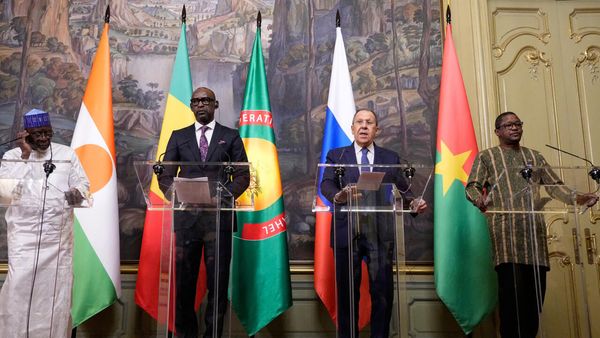The government will commit $41 million for technical and further education and “higher apprenticeships” when it releases its white paper on employment on Monday.
Of this, $31 million will be for new TAFE “centres of excellence” and $10 million will be to develop higher and degree apprenticeships in the priority areas of care, net zero emissions, and digitisation.
Treasurer Jim Chalmers said on Sunday the white paper will sketch out 31 future reform directions and contain nine new policies. Its emphasis would be on action.
The extra funding will fast track up to six new centres of excellence under the five-year national skills agreement presently being negotiated. The new centres will be upgrades of existing TAFEs and will establish a co-ordinated national network of institutions that help address the economic challenges facing Australia in the transformation to cleaner energy, the care economy and digitisation.
“The intention is to create new degree apprenticeship qualifications and enable TAFEs to deliver new bachelor equivalent higher apprenticeships independent of universities, giving them capacity to provide students with opportunities to gain the advanced skills needed by industries,” Chalmers and education and skills ministers Jason Clare and Brendan O'Connor said in a statement.
“The government is aiming to double higher apprenticeship commencements in the priority areas identified in the white paper over five years.
"These reforms will mean that apprentices can get degree-level qualifications and university students can more easily get practical training and skills.”
Chalmers said the expansion of TAFE offerings would produce
more graduates with more of the skills they’ll need to make the most of the big shifts that are shaping our economy into the future – whether it’s the net zero transformation, growth in the care economy or adapting and adopting new technology.
The white paper, prepared by Treasury, will set out five objectives:
delivering sustained and inclusive full employment
promoting job security and strong, sustainable wage growth
reigniting productivity growth
filling skills needs and building the future workforce
overcoming barriers to employment and broadening opportunities.
Its initiatives will cover ten areas: strengthening economic foundations; modernising industry and regional policy; planning for the future workforce; broadening access to foundation skills; investing in skills, tertiary education and lifelong learning; reforming the migration system; building capabilities through employment services; reducing barriers to work; partnering with communities; and promoting inclusive, dynamic workplaces.
Centrally, the paper will outline the government’s definition of full employment. It has avoided putting a number on it, instead saying it will be achieved when “everyone who wants a job should be able to find one without searching for too long”.
The paper will say discussions of full employment have often too narrowly centred around statistical estimates of the non-accelerating inflation rate of unemployment or NAIRU
which do not capture the full extent of spare capacity in our economy or the full potential of our workforce. The NAIRU should not be confused with, nor constrain, longer-term policy objectives.
The government has “broader and bolder aspirations for full employment, aimed at increasing the maximum level of employment we can sustain over time, by reducing structural underutilisation”.
Chalmers on Sunday played down suggested differences between the white paper’s definition of full employment and the Reserve Bank’s calculation of NAIRU, saying it was important not to try to find differences where they did not exist.
The targets in the white paper should be seen as complementary to, but “not in conflict with” the Reserve Bank’s targets.
The paper will say there are at present 2.8 million people wanting work they don’t have or hours they don’t have – equivalent to one fifth of the current workforce.
Michelle Grattan does not work for, consult, own shares in or receive funding from any company or organisation that would benefit from this article, and has disclosed no relevant affiliations beyond their academic appointment.
This article was originally published on The Conversation. Read the original article.







